Expected film by Rocco and his brothers “Blaues Licht” (Blue Light)
Until the end of the 85-minute movie “Blaues Licht” (Blue Light) by a unknown filmmaker named Sophie Sonntag, and even after watching it, the different levels of action repeatedly raise questions with the viewer: Who is part of the game? Who is a professional actor, who is a layman and who is not an initiated participant? So what is true ? Apart from the archive images of graffiti actions, trainwriting in several cities around the world, recorded over the years, everything seems rather uncertain.
“Blaues Licht” is a dedication to a deceased young man, a graffiti writer. This film from 2018 is made in times when the subversive art movement graffiti is located in a process of transformation: changing through legal as well as commissioned graffiti and through the use of other mediums, as well as through interventions and art actions in public space. “Blaues Licht” is the first film to address the problematic life of a passionate graffiti writer, without being a conventional graffiti movie, and therefore a unique outstanding work.
The recording of a theatre performance in a Berlin subway shaft contains the autobiographical narration of a graffiti writer, the emotional level, the tragedy, and seeks answers to the questions : “Why do I do this again and again? How do I stop? Creating meaningful artistic works in public space, with content and reference to current social problems, may be an answer.
The film is an ingenious confusion game of deceptive manoeuvres and real incidents, a mixture of fiction and documentary with different narrative levels. Until the end there is uncertainty about the narratives. Between the comedy of the film, the tragedy of the stage play and its dubious circumstances, the viewer remains intrigued and certainly not untouched. Raised like a mockumentary, without being 100% one, “Blaues Licht” is a successful mixture of genres until the end, including even the credits. The concept of the film, produced in two “acts”, is cleverly thought through: the first recorded theatre performance as the first act, the construction of a fiction (or not?) about the dubious circumstances of this theatre performance as the second act. The idea of a large-scale production, planned down to the last detail and meticulously prepared, as well as the use of true archive images and video projections in the play for the narration, make this movie an original, multimedia artistic work. The makers remain anonymous until the end, and the initially unaware spectators of the theatre performance become part of a production, part of the story of a feature film, but above all part of a magnificently thought-out art project in two acts.
The collective
Rocco and his brothers, the artist collective from Berlin rooted in graffiti writing, is known for its installations in public space since 2016. Their processes are accompanied and documented by film like a performance, and thus published as short video clips via social media. Whether urban intervention, urban hacking, adbusting or communication guerilla, their committed actions are perfectly thought-out, cheeky and provocative, the themes socially critical and the results artistically valuable. With sarcasm and satire through détournement and self-designed designs/sets, the collective creates perfect stagings in an urban environment that should stimulate thought and action. Topics such as the omnipresent advertising or video surveillance in urban space, rising rents and the problem of homelessness, as well as the weapons or textile industry are denounced. Politics does not escape an “artistic prank”, like the AfD party, for example. Usually staged in a BVG environment or on the street, their cleverly prepared installations have an effect through a certain aesthetic and strong statements. Through short format online videos, viewers can follow their increasing activities and followers are waiting for the next surprising post.
The medium of film and the performing arts are becoming more and more important for the collective’s actions. It is therefore not surprising that a full-length film has now been made that is more than a feature film or a documentary for the cinema. It is a fictional-documentary tragicomedy about a play with a grandiosely thought-out artistic staging and should be regarded as a free, ambitious, cinematic art project.
Text by Katia Hermann
Blaues Licht Film Tour 2019
02.05. Berlin / Babylon (Rosa-Luxemburg-Str. 30, 10178)
04.05. Bremen / Horner Eck (Friesenstraße 95, 28203)
09.05. Köln / Dedicated Store (Hamburgerstraße. 18, 50668)
11.05. Dresden / Club Kwang Lee (Görlitzer Str. 35, 01099)
15.05. Jena / Café Wagner (Wagnergasse 26, 07743)
16.05. Erfurt / Retronom (Johannesstraße 17a, 99084)
18.05. München / MUCA (Hotterstraße 12, 80331)
21.05. Herne / Kulturzentrum (Willi-Pohlmann-Platz 1, 44623)
22.05. Chemnitz / Walden Basecamp [Open Air] (Eubaer Straße 233, 09128)
23.05. Hamburg / Fabrique im Gängeviertel (Valentinskamp 28A, 20355)
29.05. Leipzig / UTConnewitz (Wolfgang-Heinze-Str. 12a, 04277)
2,937 views
Categories
Tags:
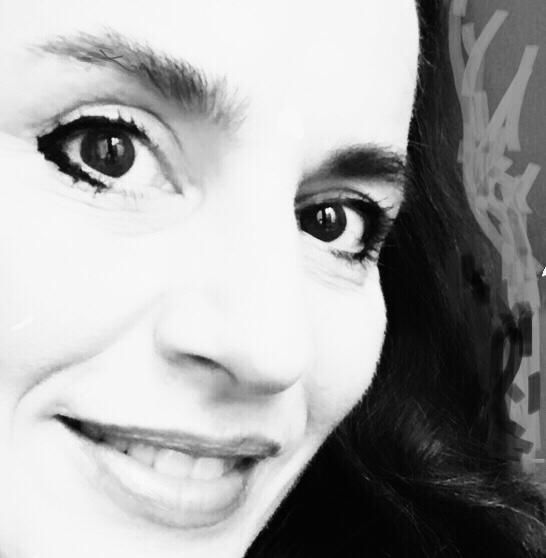
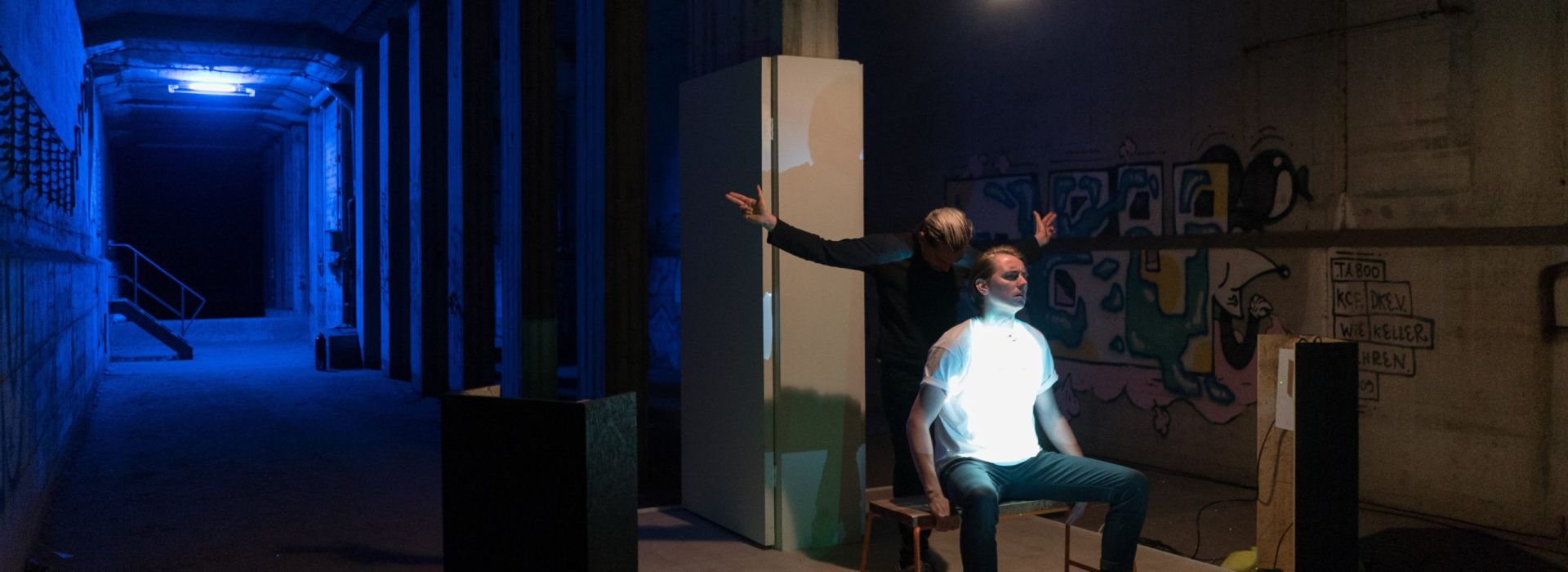
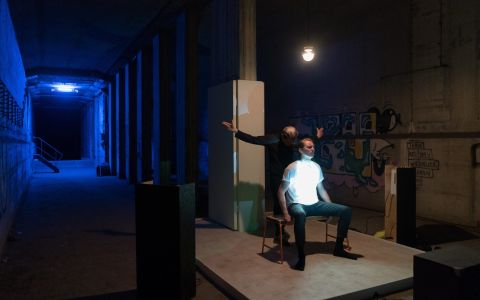
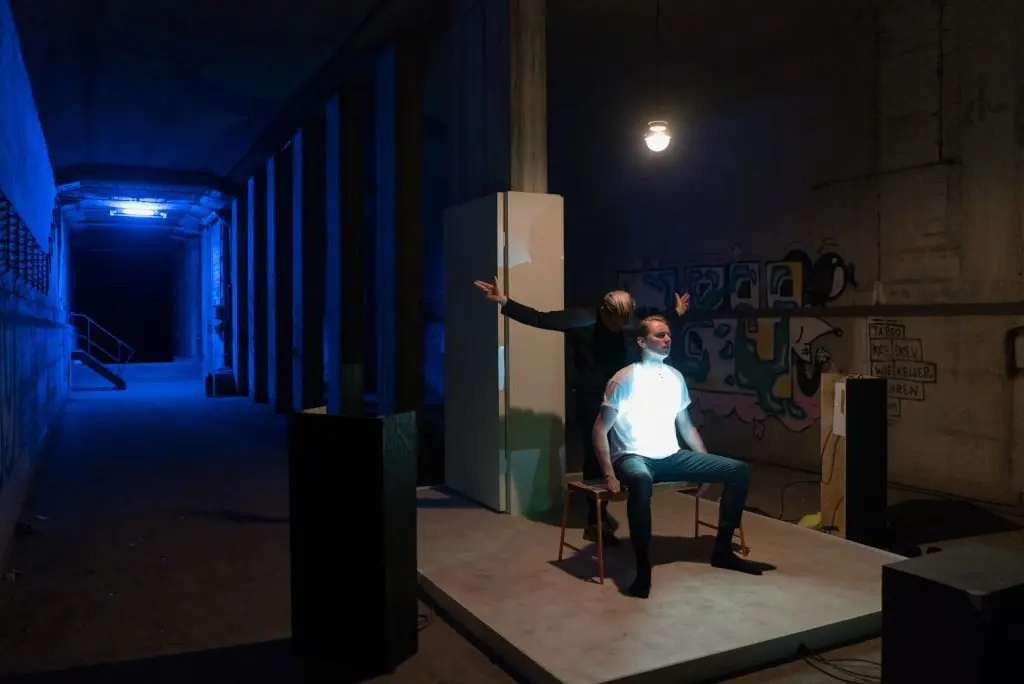
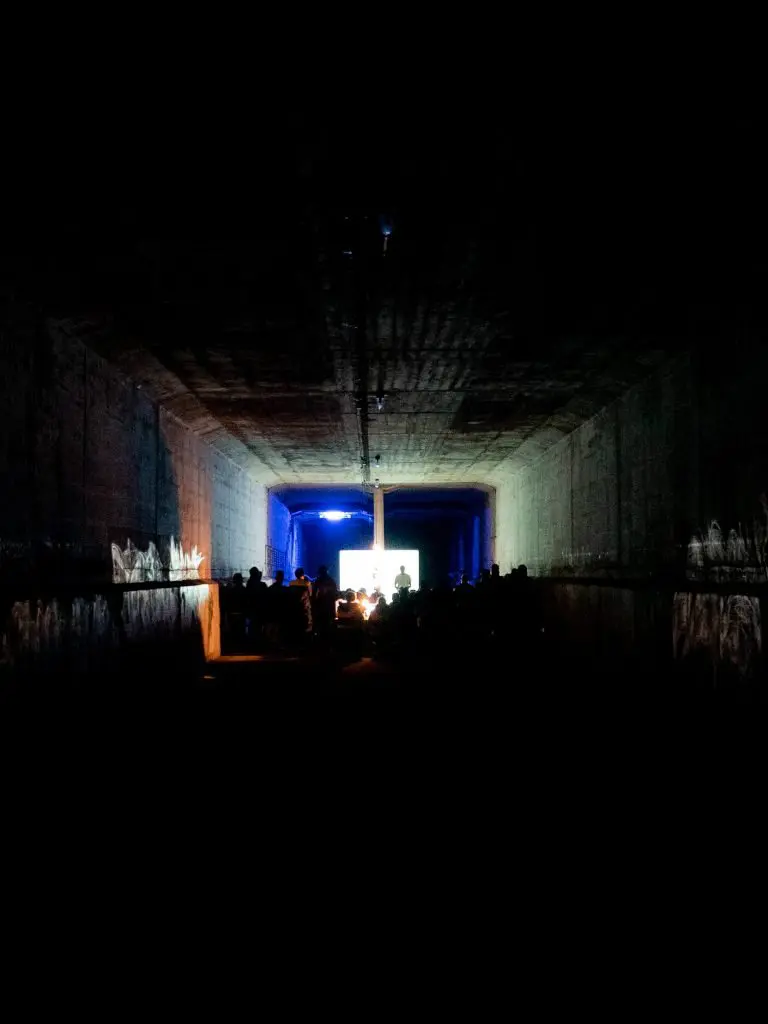
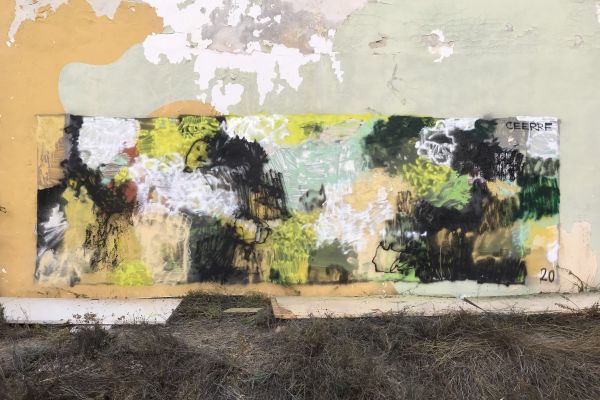
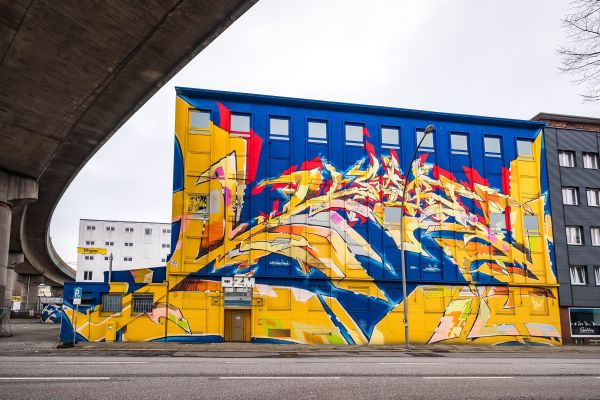
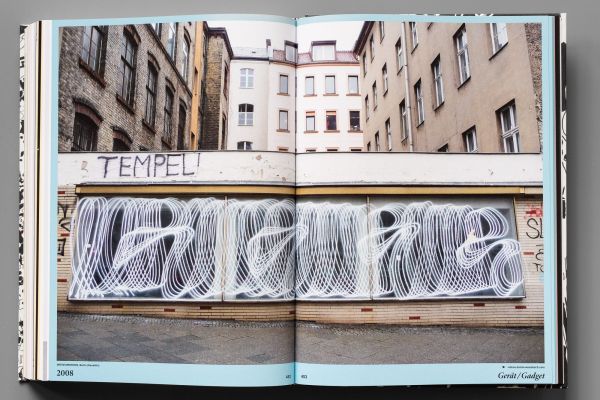
Leave a Reply